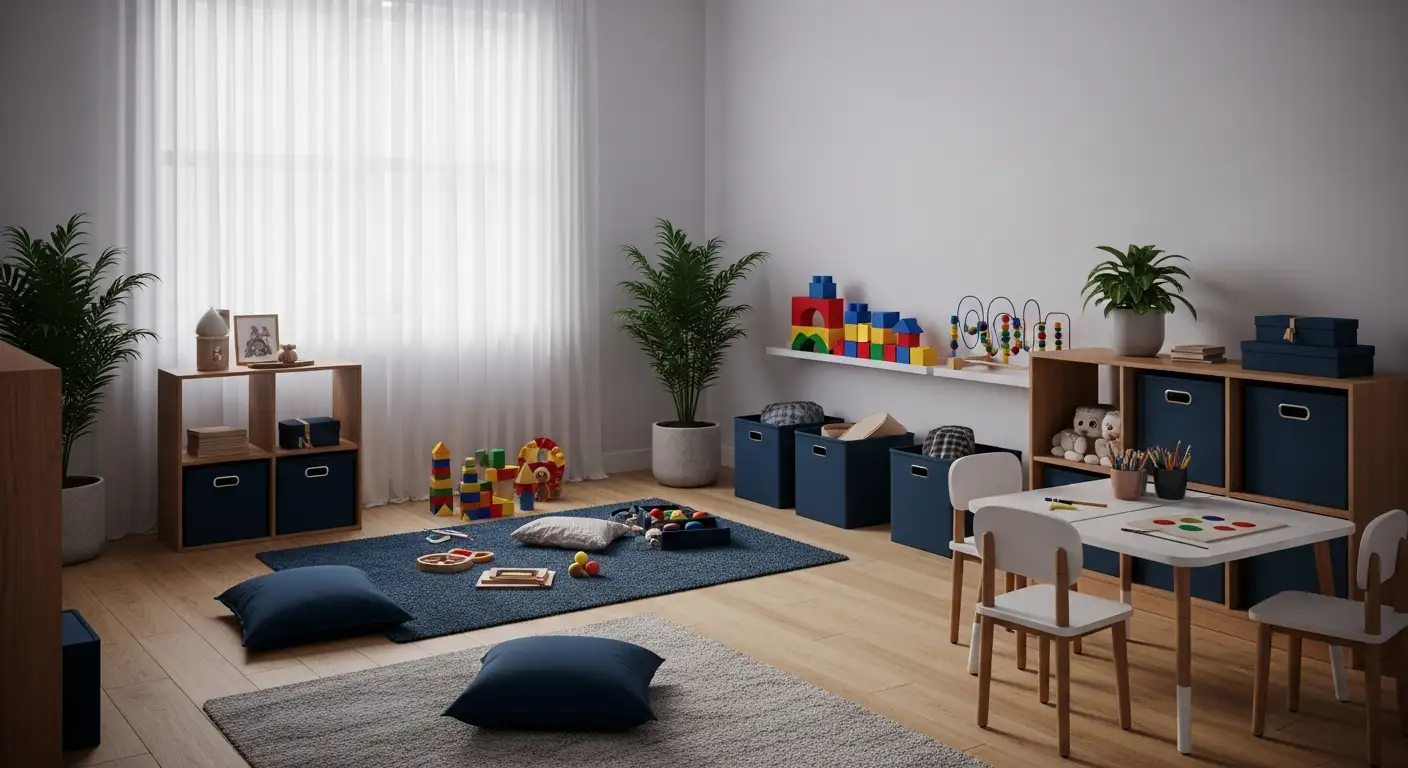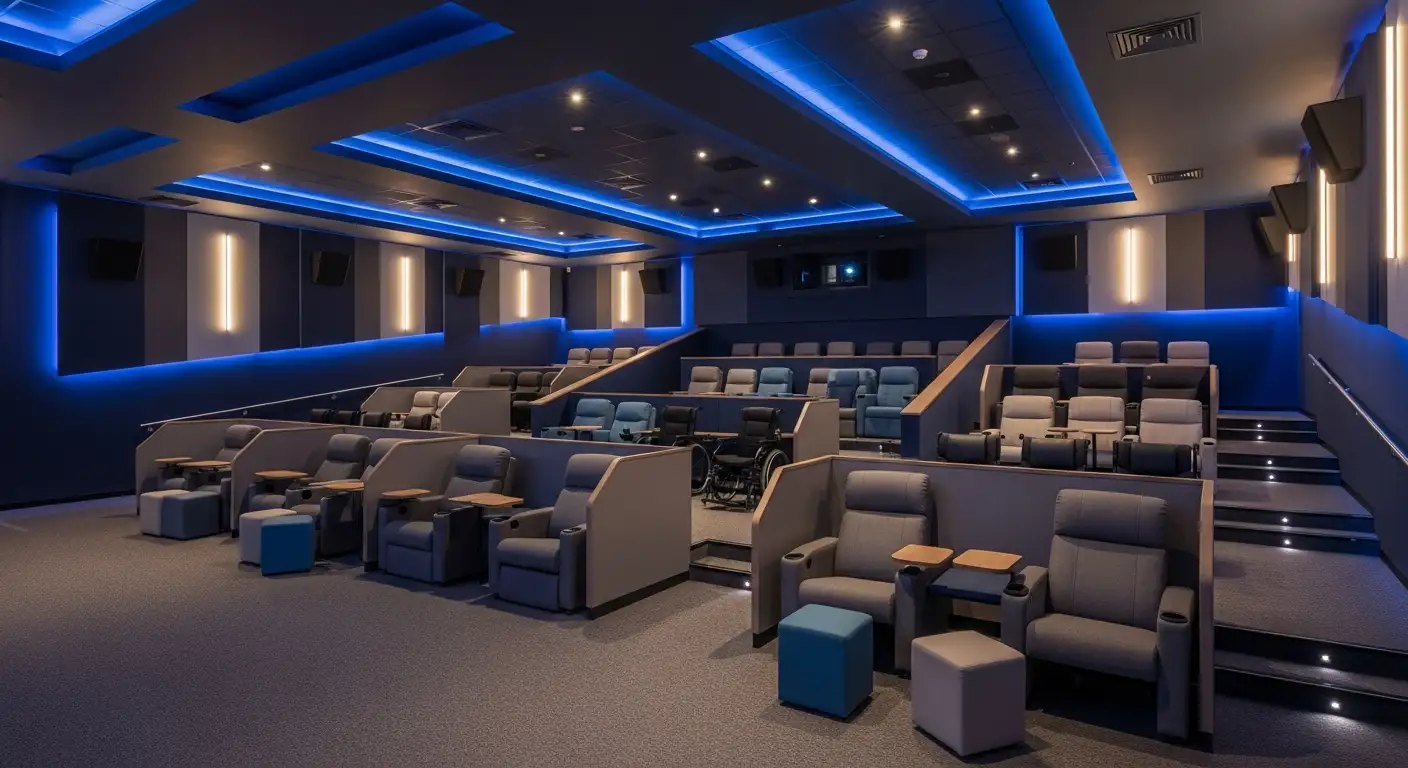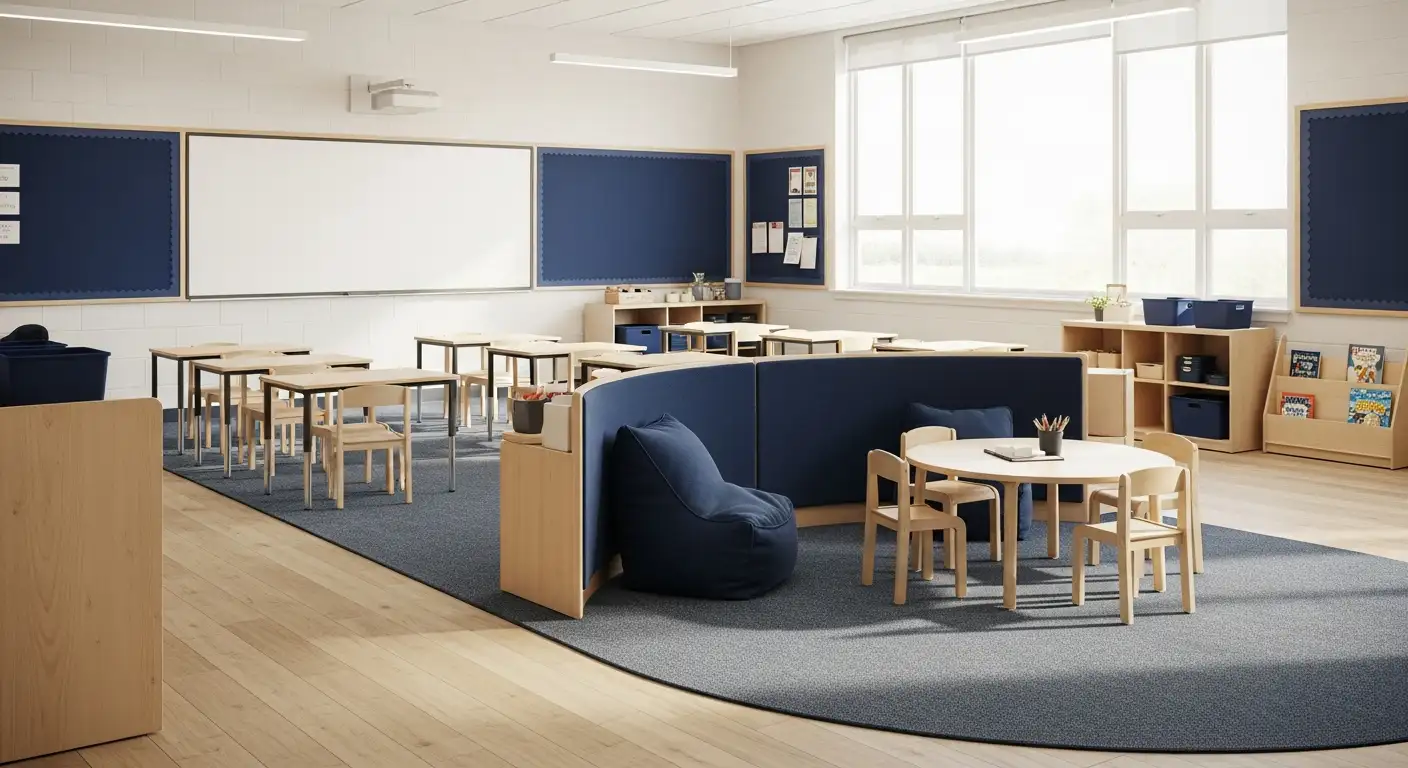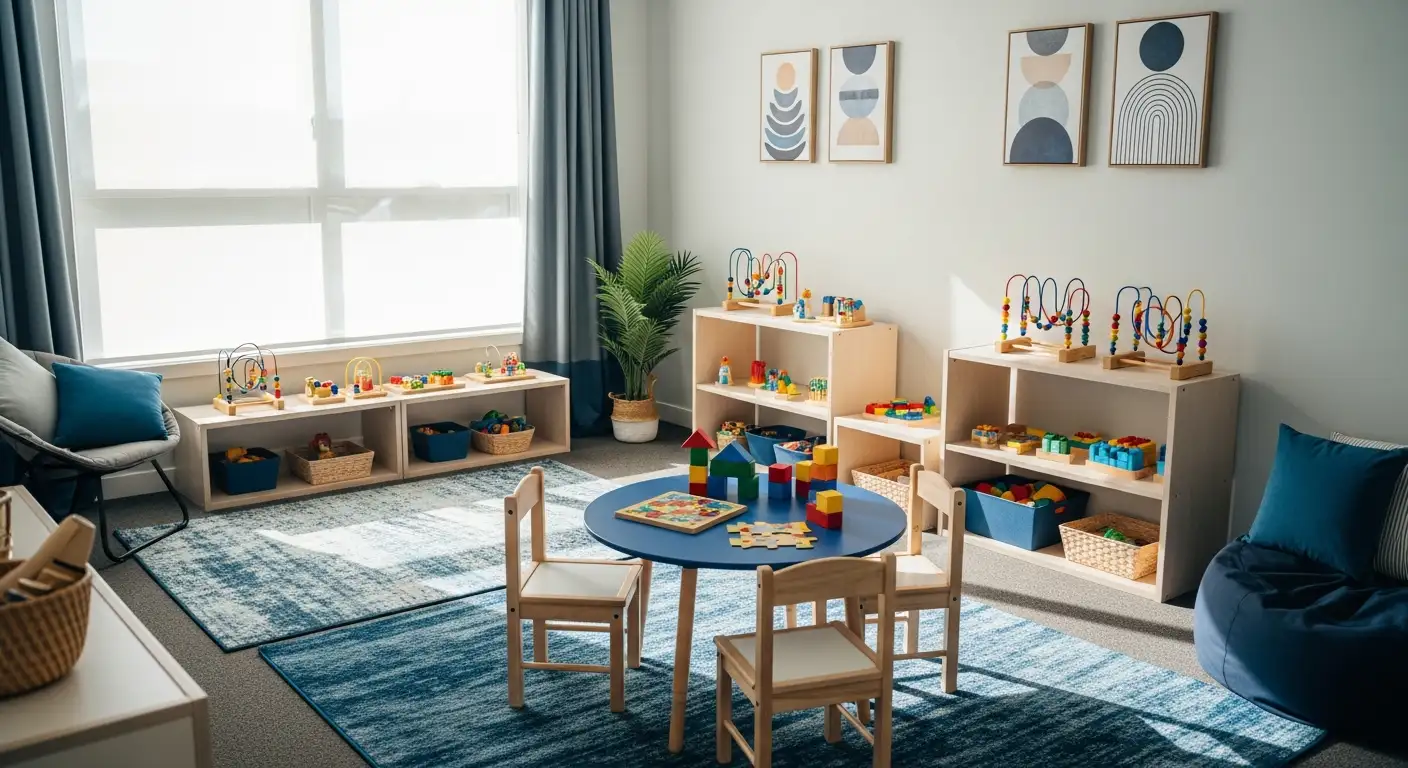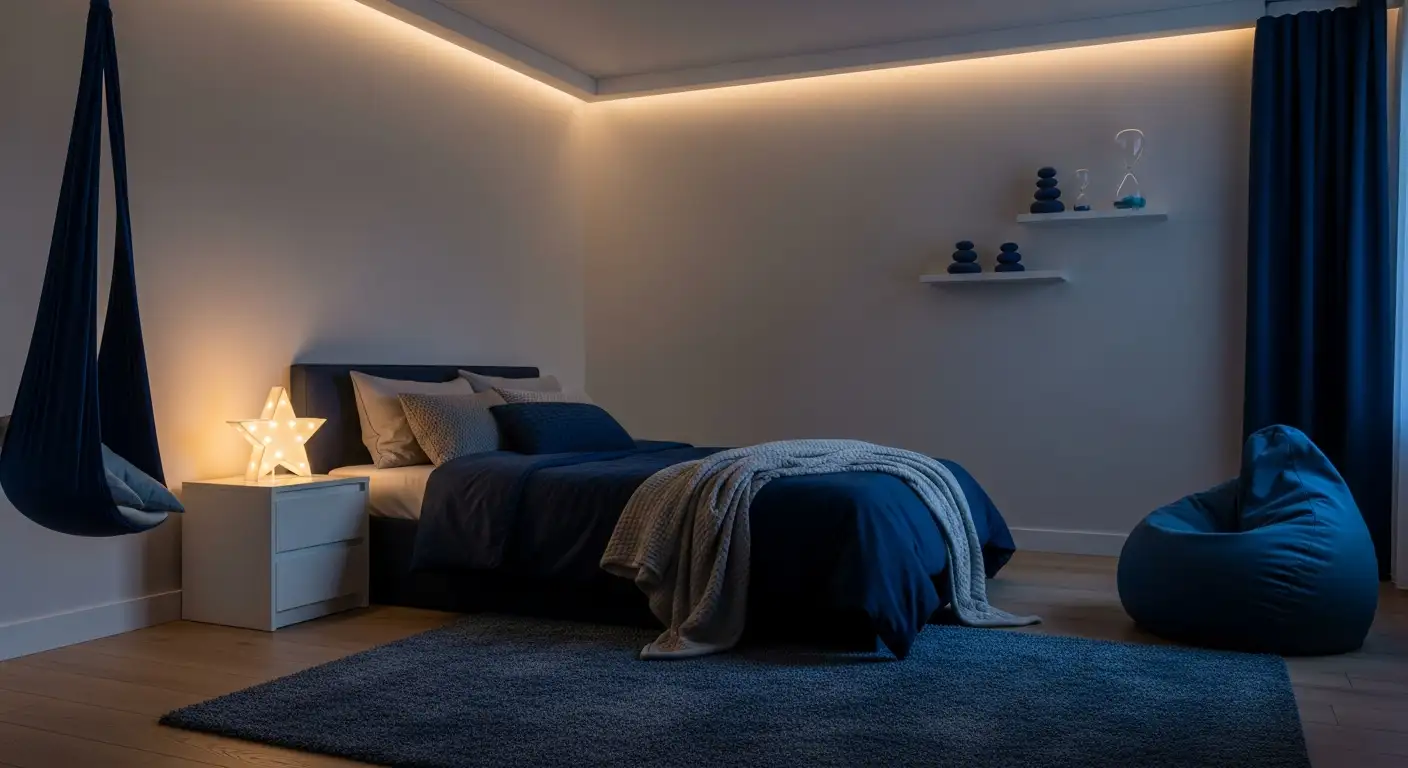Supporting Autistic Children in Preparing for Doctor Visits
Creating Calm and Confidence: Preparing Autistic Children for Medical Visits

Understanding the Challenge
Medical visits can be a source of anxiety and stress for many children, particularly those on the autism spectrum. Sensory sensitivities, communication barriers, and unfamiliar environments make doctor appointments especially challenging. Preparing autistic children for these visits requires thoughtful strategies and collaboration between parents, healthcare providers, and therapeutic professionals.
The Role of Applied Behavior Analysis in Supporting Autistic Children
What is Applied Behavior Analysis (ABA) therapy?
Applied Behavior Analysis (ABA) therapy is a scientifically grounded approach designed to improve behaviors and skills in individuals with autism. It works by analyzing the antecedents, behaviors, and consequences—often called the A-B-Cs of behavior—to understand and shape behavior effectively. ABA uses methods like positive reinforcement and behavioral modeling to teach skills in communication, social interaction, and daily living. This therapy is customized for each child's needs and can be delivered in homes, schools, or clinics by trained professionals such as Board Certified Behavior Analysts (BCBAs).
How does ABA therapy help individuals with autism?
ABA therapy helps by systematically teaching new, useful skills and reducing challenging behaviors. It tailors programs to target specific areas like communication and social skills. Techniques such as Discrete Trial Training (DTT) and Natural Environment Training promote learning in structured and real-world settings. Continual data collection ensures the therapy adjusts as the child progresses, ultimately supporting greater independence and improving quality of life.
Who typically provides ABA therapy services?
ABA services are provided by BCBAs, who develop and oversee treatment plans, and Registered Behavior Technicians (RBTs), who implement these plans under supervision. These professionals may work in specialized clinics or deliver services in homes or communities, ensuring flexibility and generalization of learned skills. Collaboration with caregivers is vital for consistent progress.
What are the key techniques used in ABA therapy?
Key techniques include:
- Positive reinforcement to encourage desirable behaviors.
- Discrete Trial Training (DTT), which breaks skills into small, teachable components.
- Task analysis for teaching multi-step activities.
- Prompting and prompt fading to support independent responses.
- Antecedent modifications that adjust the environment to prevent problems. Additional methods like Pivotal Response Treatment (PRT) and the Early Start Denver Model (ESDM) integrate play and natural reinforcers, often involving parents directly.
How is progress measured in ABA therapy?
Progress is measured with detailed data tracking on behaviors such as how often or how accurately a skill is performed. Tools like behavioral graphs, progress reports, and standardized assessments (e.g., VB-MAPP) provide clear metrics. Clinicians also incorporate parent feedback and observations to refine therapy plans. Visual tracking helps keep families informed and motivated about their child’s development.
Preparatory Strategies to Ease Anxiety Before Medical Visits
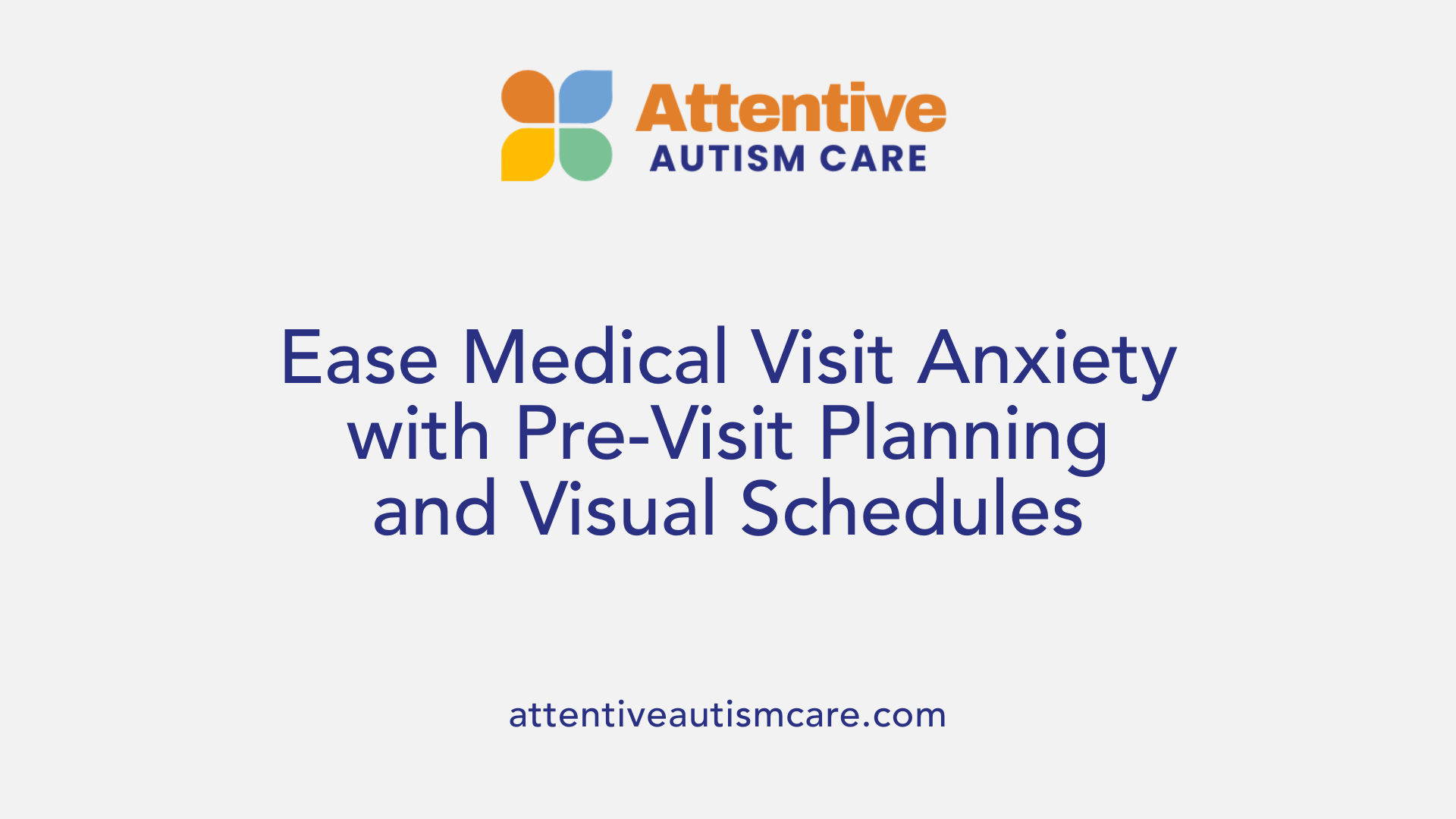
What is the role of pre-visit planning and facility familiarization?
Pre-visit planning is a foundational step to help autistic children feel more comfortable with upcoming medical appointments. This can involve visiting the healthcare facility ahead of time to familiarize the child with the layout, sights, and sounds they can expect. Walking through the clinic reduces the element of surprise and decreases anxiety. Collaborative resources from Autism Speaks and the Autism Treatment Network include guidekits that help prepare children for common procedures like blood draws or vision exams, helping them understand what will happen.
How do social stories and role-play help explain medical procedures?
Social stories describe medical visits in clear, relatable terms and use simple language and visuals to set expectations. They help children understand why certain procedures happen and what they will experience. Role-playing doctor visits at home with familiar medical tools lets children practice the steps they will encounter, reducing fear of the unknown. These techniques increase comfort by making new experiences predictable and understandable.
Why create visual schedules for doctor visits?
Visual schedules break down the appointment into clear, manageable steps that a child can anticipate and follow. Seeing each phase of the visit represented visually helps autistic children understand the sequence and duration, which lessens anxiety. For example, the schedule might show check-in, waiting, seeing the doctor, and procedures in order, providing a structured framework.
How can communicating paperwork and expectations in advance reduce stress?
Sending paperwork ahead of time gives parents and children the chance to review and prepare rather than facing it during the visit. Clear communication about what to expect, including appointment goals and procedures, reduces uncertainty and builds a sense of control. Healthcare providers are encouraged to discuss potential accommodations with parents before the visit to tailor the experience to the child's needs, such as minimizing wait times or adjusting lighting.
These preparatory strategies—combined—foster a calm, predictable environment that promotes positive medical experiences for autistic children and their families.
Sensory and Communication Accommodations During Appointments
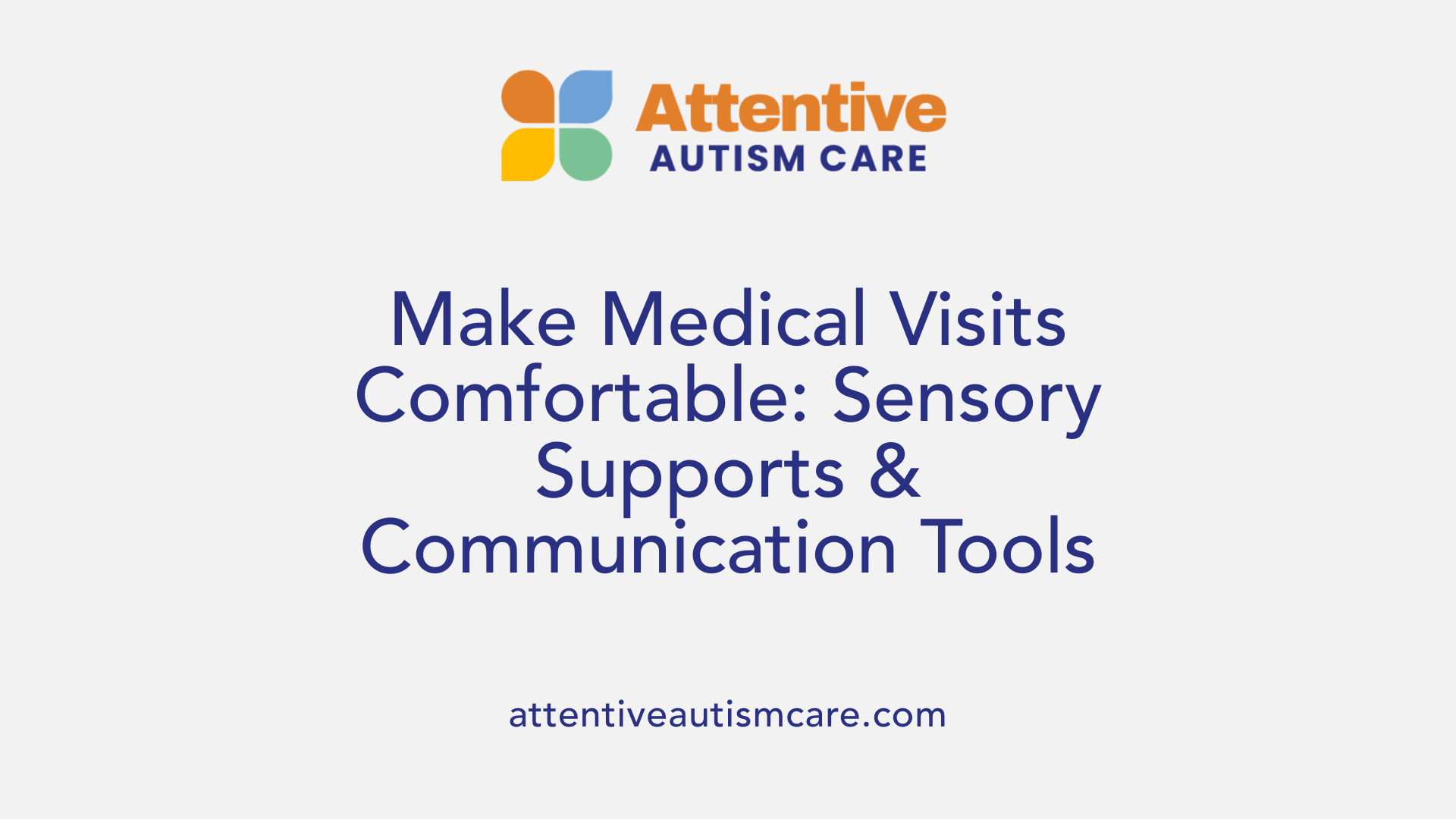
Informing Healthcare Providers of Sensitivities and Preferences
A vital step in making medical visits comfortable for autistic children is ensuring healthcare providers are well informed about each child's unique sensitivities and communication preferences. Parents and caregivers are encouraged to communicate specific triggers and routines before appointments. This proactive approach helps medical staff better anticipate and accommodate individual needs.
Accommodating Sensory Needs with Lighting and Calming Props
Sensory accommodations significantly reduce anxiety during visits. Adjusting the environment, such as dimming or softening lighting and minimizing loud noises, can create a less stressful atmosphere. Using calming props and sensory tools like fidget toys or weighted blankets during appointments offers tactile comfort and helps regulate the child’s sensory input.
Adjusting Communication Style to Match Child's Needs
Clear, literal language paired with visual supports greatly improves understanding. Healthcare providers often adapt by using simple instructions and avoiding medical jargon. Employing communication aids tailored to the child's style ensures better cooperation and reduces confusion throughout the visit.
Allowing Comfort Items and Repetitive Movements
Allowing children to bring their favorite comfort items or engage in repetitive movements can be calming. These practices support emotional regulation and provide a sense of security during potentially overwhelming medical procedures. Recognizing and respecting these behaviors fosters trust and a more positive healthcare experience.
Techniques to Manage Stress and Build Positive Experiences
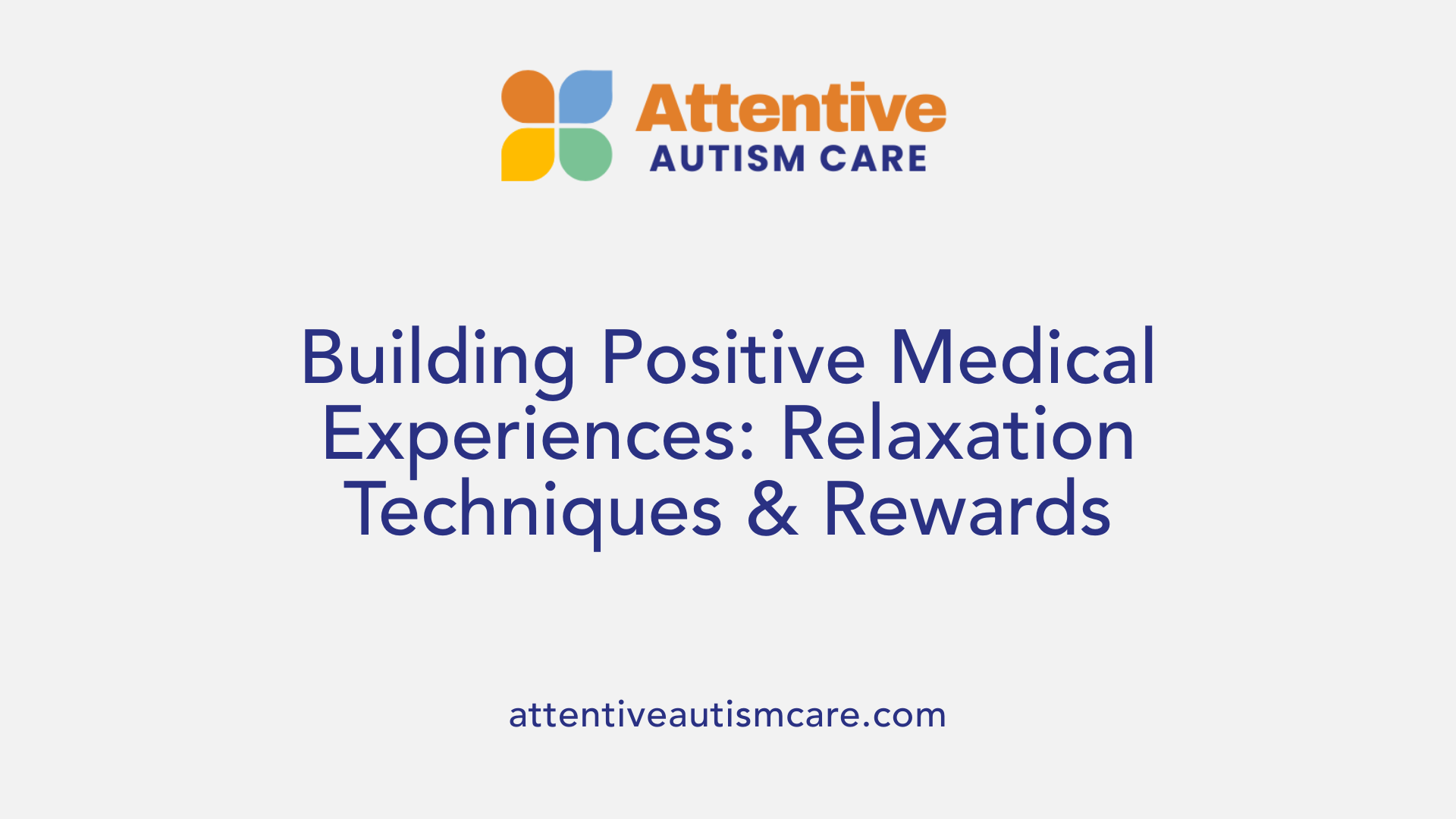
Teaching relaxation methods such as deep breathing and guided imagery
Helping autistic children learn relaxation techniques like deep breathing and guided imagery can be very effective in managing stress during medical visits. These methods allow children to calm themselves when anxiety arises, making the experience less overwhelming.
Incorporating reward systems for cooperation
Reward systems during routine procedures can increase motivation and comfort. By providing positive reinforcement, such as praise or small incentives, children may feel more encouraged and less fearful about following medical instructions.
Using calming tools and sensory props during visits
Bringing sensory tools or calming props to appointments can help alleviate anxiety. Items like fidget toys, weighted blankets, or noise-cancelling headphones reduce environmental stress and provide comforting sensory input, making visits more manageable for autistic children.
Engaging children through their interests to build trust
Medical professionals can foster trust by engaging with children about their personal interests and respecting behaviors like repetitive movements. This respectful and personalized approach creates a supportive environment, helping children feel more at ease during medical care.
Collaborative Approaches with Parents and Healthcare Providers
Early communication and individualized planning
Effective preparation for medical visits begins with early communication between healthcare providers and parents. Discussing the child's sensitivities, communication preferences, and routines beforehand allows for tailored planning that meets the child's unique needs. This pre-visit dialogue can include sharing specifics about triggers and necessary accommodations to ensure the visit environment is supportive and less stressful.
Scheduling during quiet times and minimizing wait times
Scheduling appointments during less busy periods and striving to minimize waiting times are crucial strategies for reducing anxiety in autistic children. Quiet times provide a calmer atmosphere that helps prevent sensory overload, while shorter waits decrease opportunities for unease or distress. Providers can coordinate with parents to find optimal appointment slots, promoting a smoother and more positive experience.
Developing backup plans and clarifying visit goals
Preparing backup plans for unexpected situations during the visit adds flexibility and reassurance to the process. Clear communication about the visit's goals ensures everyone involved understands what procedures to expect, reducing uncertainty. Discussing these details with parents and including contingency measures helps create a structured, adaptable approach that respects the child's comfort.
Follow-up communication to improve future visits
After the appointment, follow-up communication such as phone calls or emails allows healthcare providers and parents to review what strategies worked well and what areas could be improved. This feedback loop supports continuous refinement of visit planning, helping to enhance future medical experiences for autistic children and build long-term trust.
The Long-Term Impact of Positive Medical Experiences

Creating trust and reducing future healthcare avoidance
Positive experiences during medical visits play a crucial role in building trust between children with autism and healthcare professionals. When visits are tailored to accommodate sensitivities and communication preferences, children feel safer and more understood. This trust helps reduce the risk of healthcare avoidance later in life, fostering a willingness to seek medical care when needed.
Encouraging ongoing medical care adherence in autistic individuals
Establishing a comfortable, supportive atmosphere during early healthcare interactions can encourage adherence to routine and necessary medical appointments. Using strategies like social stories, clear communication, and sensory accommodations reinforces positive associations with medical care. This ongoing engagement ensures that autistic individuals receive continuous and preventive healthcare throughout their lives.
Building a foundation for successful life-long health management
Early preparation and positive healthcare experiences lay the groundwork for better health management. When children and their families are involved in the planning process and their feedback is acted upon, visits become less stressful and more productive. This foundation empowers autistic individuals to actively participate in their healthcare journey, leading to improved health outcomes and quality of life.
| Aspect | Impact on Autistic Individuals | Example Strategies |
|---|---|---|
| Trust Building | Reduces avoidance of healthcare | Personalizing visits, respecting behaviors |
| Care Adherence | Encourages regular medical visits | Visual supports, preparing with social stories |
| Life-Long Management | Promotes active participation in health decisions | Early preparation, clear communication, follow-up contacts |
Building Better Medical Experiences for Autistic Children
Supporting autistic children in preparing for doctor visits is essential not only for easing immediate stress but also for fostering a lifetime of positive healthcare engagement. Through the use of Applied Behavior Analysis techniques, sensory accommodations, tailored communication, and collaborative planning involving families and healthcare teams, we can create an environment where autistic children feel understood, supported, and empowered. By investing in these strategies early, we help ensure that medical visits become manageable, less intimidating experiences, ultimately contributing to the overall well-being and health of autistic individuals throughout their lives.
References
- Autism and doctor visits
- Tips for More Positive Office Visits for Patients with ASD
- How Nurses Can Support Children With Autism During ...
- Autism and the doctor visit: Communication tips for success
- Easing Clinic Visits for Kids With Autism
- How to Track Progress in ABA Therapy Through Reports ...
- Faces ABA Behavioral Services
- Applied Behavior Analysis (ABA)





